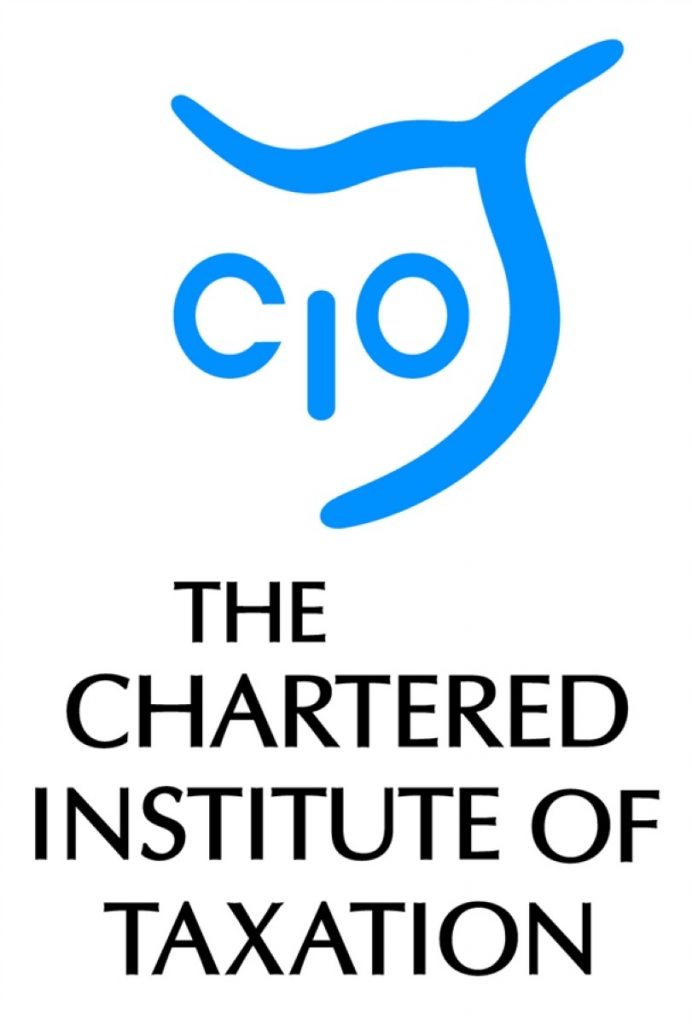Savings allowance: good idea but why so complex?
The Government’s new savings allowance is an excellent idea but needlessly complex in its implementation, the Low Incomes Tax Reform Group (LITRG) has said.1
The new allowance will replace the deduction of income tax at source from savings interest. LITRG believes the Government’s changes will simplify the tax position for most people who have modest amounts of savings income and deliver the right result in the majority of cases.
But the Group believes many taxpayers will really struggle to understand the operation of the new tax free savings allowance2, and how it interacts with the starting rate for savings and the new tax-free £5,000 dividend allowance3 – all three of which are essentially nil rate bands of tax that operate differently from one another. This is not straightforward and those most confused with the raft of changes may include people with incomes that fluctuate year to year or those who find themselves within the higher rate band for the first time after a pay rise or other change.
LITRG worries that unrepresented taxpayers will not be aware of the need to check the level of their savings income, and not understand how to work out the tax rate that applies. They may also not realise they need to keep HMRC up to date with changes to the value of their savings or risk sanctions for a failure to notify. A related concern is that many taxpayers will feel the different levels of savings allowance result in ‘arbitrary and unjust’ results because of the mechanics of how the savings allowance is worked out; for example, taxpayers may lose £500 of savings allowance if they are pushed into the higher rate tax band by just £1.
As well as pushing for greater public education than at present about the changes, LITRG has asked the Government to consider whether the savings allowance should operate along similar lines to the new dividend allowance as its operation is simpler to explain and consider. LITRG also suggests a name change to the savings allowance.
Anthony Thomas, LITRG Chairman, said:
“The highly complex operation of the savings allowance must be addressed to improve its clarity and avoid people feeling that they face arbitrary and unjust tax bills. A savings allowance that works similarly to the dividend allowance would potentially be much simpler to understand and use and seriously should be considered.
“It was a mistake to drop the word personal from personal savings allowance, which creates potential confusion with individual savings allowance (ISAs) and self-assessment (SA). It would be more transparent and simpler to term the savings allowance as a zero tax band rather than describing it worryingly and misleadingly as an allowance.
“If the plans go ahead unchanged, we call on HMRC to ensure very clear guidance is made available and there is sufficient publicity to draw people’s attention to the changes. Ideally, there should be worked examples and also online calculators. It is also crucial that such information is available in hard copy format as well as online to help the huge numbers of digitally excluded taxpayers.
“People should keep an eye on their level of savings income to ensure they do not stray into a different taxable band. They should also continually check data received from HMRC.”
The savings allowance and dividend allowance will come into effect in April 2016. Since April 2015 the starting rate for savings has been zero per cent. LITRG’s recent response to Finance Bill 2016 was the first time LITRG has had the opportunity to comment formally to the Government about the dividend allowance and savings allowance as a package.
Note for editors
1. LITRG’s response to these draft clauses on personal taxation for Finance Bill 2016 can viewed here.
2. From April 2016 HMRC is introducing a tax-free personal savings allowance of £1,000 (£500 for higher rate taxpayers) for savings income or interest. For more information about the savings allowance, click here.
3. From April 2016 the dividend tax credit will be replaced by a new tax-free Dividend Allowance. The dividend allowance means that people will not have to pay tax on the first £5,000 of their dividend income, no matter what non-dividend income they have. For more information about dividend allowance, click here.
4. Low Incomes Tax Reform Group





-01.png)